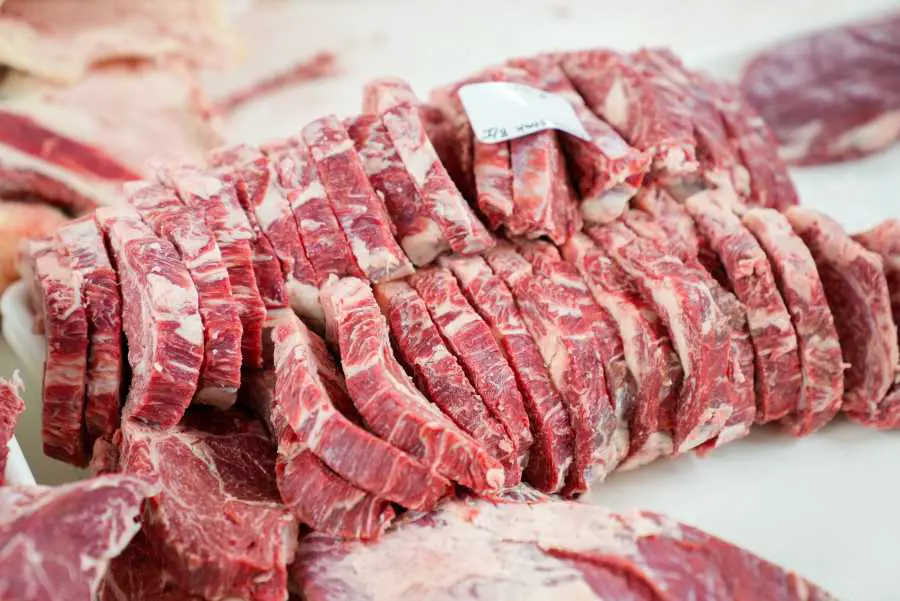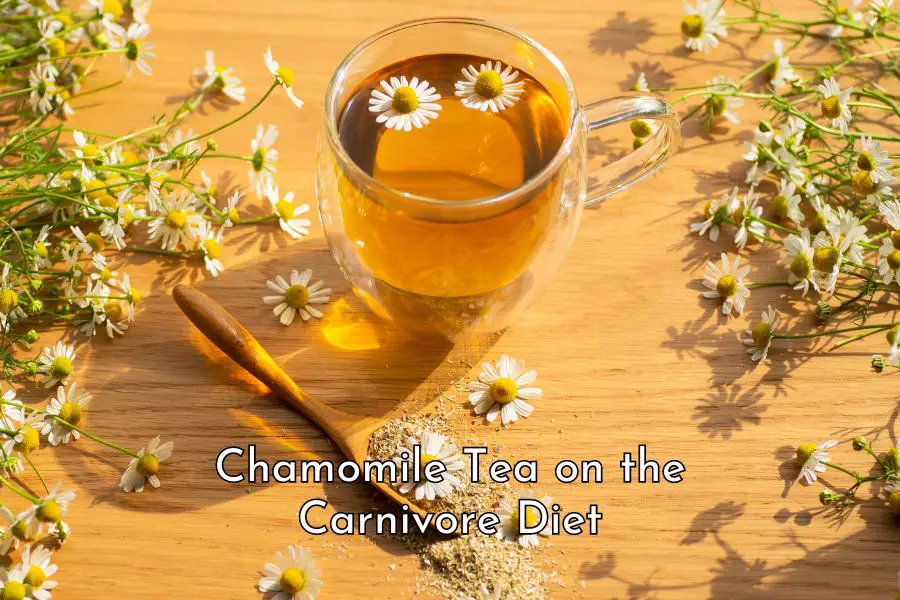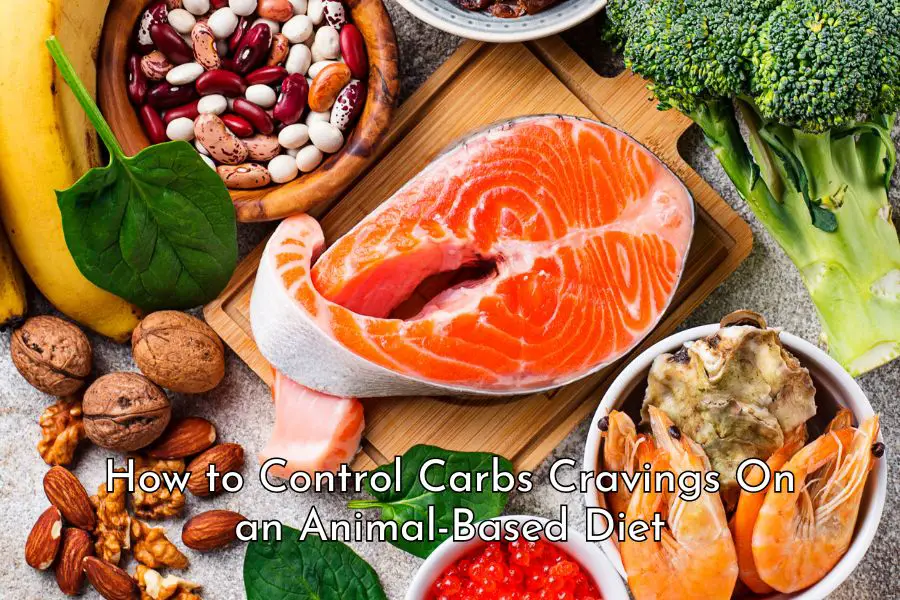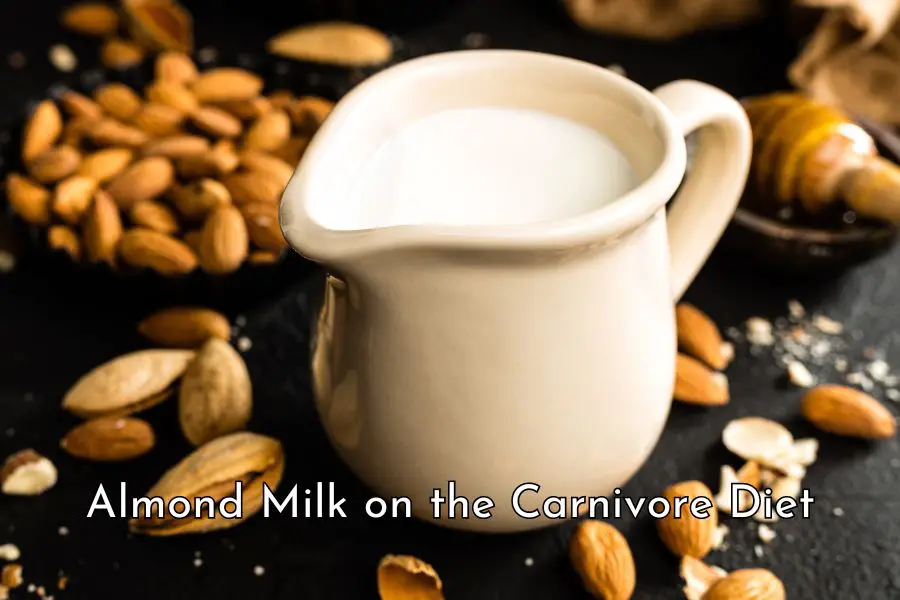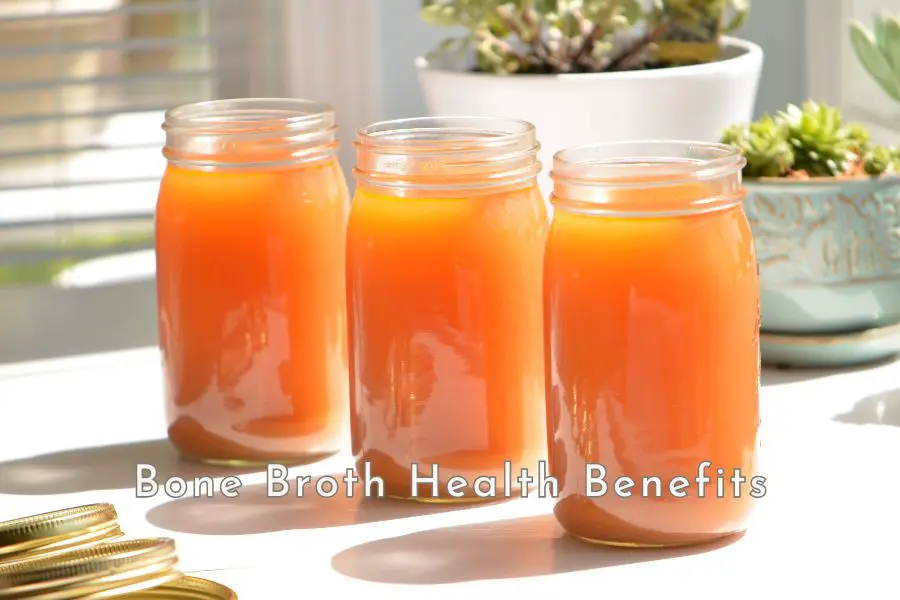Consuming enough fat is very important on the carnivore diet because you need it for energy. You really can’t subsist on lean meat only, eating too much lean meat can lead to protein poisoning.
In this post, I will answer the following questions: how much fat you need on the carnivore diet, how to add more fat to your diet, and the best types of fat to eat on the carnivore diet.
How much fat do you need on the carnivore diet?
Although protein can be converted to glucose through the glucogenesis process, a too high protein intake can lead to protein poisoning or “the rabbit starvation syndrome”. This is because the liver has a limited capacity to deaminate proteins and produce urea for the excretion of excess nitrogen.[1]
Therefore, you will need to consume sufficient fat for energy because carbohydrates are negligible on the carnivore diet (unless you drink a lot of milk and consume a lot of honey).
I will write about the optimal protein to fat ratio subject in a separate post later but will cover it briefly here.
There is no precise estimate of the ideal protein to fat ratio on the carnivore diet. Obviously, this can vary greatly from person to person depending on the amount of muscle mass they have. In addition, the amount of time they have been on the carnivore diet (which determines the extent of the upregulation of hepatic enzymes) can also affect their protein thresholds.
Various sources point to a wide range of upper limit protein intakes between 15% and 50%, i.e. the energy from fat should account for 50% to 80% of total calorie intake:
- Bilsborough and Mann (2006) in their review of literature in relation to dietary protein intake in humans suggested a maximum protein intake of approximately 25% of total energy requirements, i.e. 75% of calorie intake should come from fat if you follow the carnivore diet[2]
- The ICMNI in Hungary which has been using the Paleolithic Ketogenic Diet to treat many chronic conditions since 2012 recommends a 2:1 fat to protein ratio (adding 35 grams of fat to every 100 grams of average meat). This would translate into around 15% to 20% of calories from protein and 80% to 85% of calories from fat
- When Vilhjalmur Stefansson, an Arctic explorer and ethnologist, was put on a one-year of meat-only diet as an experiment in 1928 at Bellevue Hospital, they first fed him a very high protein diet which accounted for 44% of his total calorie intake. On the third day of this lean meat diet, he developed nausea and diarrhea. When the protein intake was reduced to around 20% and fat intake was increased to around 80%, nausea and diarrhea disappeared[3]
- Dr. Ted Naiman who is a proponent of a high protein diet suggests a protein to energy ratio (in grams) of about 1:1. This would translate into around 30% of calories from protein and 70% of calories from fat. Naiman says he consumes about 200 grams of protein, 100 grams of fat, and 100 grams of carbohydrates a day, i.e. 38% of his total calories is from protein and 62% is from carbs and fat
- Dr. Paul Saladino in his book mentions that the upper limit for protein intake seems to be about 40% of total calorie intake. This does not tell you what the optimal level should be
- Dr. Kevin Stock, however, said that many people including himself have consumed above 50% of energy from protein for relatively long periods of time without exhibiting these symptoms of “rabbit starvation”.
It’s worth noting that all three doctors mentioned above are physically active, lean, fit, engaging in bodybuilding exercises, and probably have very high muscle mass percentages.
If you think you need to add more fat to your diet, I suggest keeping a record of the approximate fat to protein ratio of all food you eat for one week.
If energy from proteins accounts for 40% to 50% of your total calorie intake, you might be at the upper limit already.
After you have established what your current baseline is, start increasing fat intake gradually and note how you feel. Please don’t go from one extreme end to the other. A sudden and substantial increase in fat intake, especially if you haven’t been on the carnivore diet for long, may cause digestive issues such as diarrhea. Take it slowly and give your body enough time to adapt.
Another thing to note is the ideal protein to fat ratio for you may change over time depending on your nutritional status.
If you are coming from a standard American diet, are under-muscled, and somewhat malnourished, your protein need may be very high initially. Proteins are a lot more nutrient-dense than fat are needed for muscle synthesis.
Once you’ve recovered from the SAD diet, your protein requirement may plateau and you will gravitate towards a higher fat diet. So, listen to your body, a ratio that makes someone else feel great may not be suitable for you and vice versa.
How to add more fat to your carnivore diet?
If you think you need to add more fat to the carnivore diet for whatever reasons, this is an easy thing to achieve.
1. Choose fattier cuts of meat
Choose the fattier cuts of meat when you go shopping. Fatty ruminant meat is the best because ruminants are generally raised better than chicken and poultry and have a better nutritional profile. For example, ribeye, New York Strip steak, skirt steak, and T-bone steak are fattier cuts.
2. Add bone marrow to your diet
Bone marrow is a great source of good quality fat and other nutrients.
A good thing about bone marrow is it doesn’t have a strong organ meat taste and is generally more acceptable than other organ meat.
Bone marrow might be expensive at gourmet restaurants but you can buy it very cheaply at the butchers.
3. Add brains to your diet
Lamb and pig brains are another source of good quality fat (beef brains are usually not available due to the fear of mad cow disease, I believe). They are also a great source of omega 3 fatty acids and offer a range of essential vitamins and minerals. Please check out this post for some brain recipe ideas.
4. Eat fatty pastured-raised pork and poultry cuts
If you can get genuine pasture-raised pork and chicken, pork belly, leg roast, and chicken wings also have high fat contents.
If not, stay with ruminant fat trimmings, suet, and tallow. Conventional pork and poultry have a high level of inflammatory polyunsaturated fat due to the diets they are fed.
5. Eat oily fish
If you eat fish and can get wild-caught fish, choose oily fish such as salmon, trout, and sardine. They are also a great source of omega 3 fatty acids.
If you can’t afford wild-caught fish, it’s better to stay with ruminant fat trimmings and fattier cuts of ruminant meat.
6. Get fat trimmings from the butchers
If the above hasn’t got you sufficient fat, go to your local butchers and ask if you can buy some fat trimmings from them. They may be surprised by your special order but would happily sell it to you at a very cheap price and some even give it away for free.
Beef fat or other ruminant fats are preferable. Fats from fully-grass fed animals are even better.
You can sear the fat quickly or cut it into small pieces and fry them until they are crispy – they taste delicious.
7. Add butter, cream and cheese if tolerated
Butter, cream, and cheese are okay to add only if you can tolerate dairy products.
This is only if you enjoy and would like to have more variety in your diet. There is nothing in dairy products that you can’t get from meat and organ meat. For example, you can get calcium by making bone-meal or eggshells and vitamin K from liver.
As with animal fats, dairy products are best sourced from grass-fed animals. If you are doing the carnivore diet on a tight budget, in my view, it’s best to stay with ruminant fat trimmings because they are more nutritious and cheaper than butter, cream, and cheese.
Further, if you are starting the carnivore diet to fix health problems like autoimmune diseases or leaky guts, it’s best to avoid all dairy products until you have fully recovered.
8. Avoid plant oils
I would stay away from all plant-based oils including ones considered ‘healthy’ such as coconut oil, olive oil, avocado oil, or MCT oil.
These oils don’t offer you any nutrients that you can’t get from animal-based food. They can also contain plant compounds such as salicylate which can cause health issues for people with intolerance.
If you enjoy the taste or want to add variety to your diet, use them in moderation.
If you find this post helpful, please consider sharing this post with your family, friends, and followers, that would be much appreciated.
Please also check out my library of articles on the carnivore diet here which is updated regularly.
Disclaimer: The information in this post is for reference purposes only and not intended to constitute or replace professional medical advice. Please consult a qualified medical professional before making any changes to your diet or lifestyle.
Photo credit: Mark Stebnicki on Pexels

